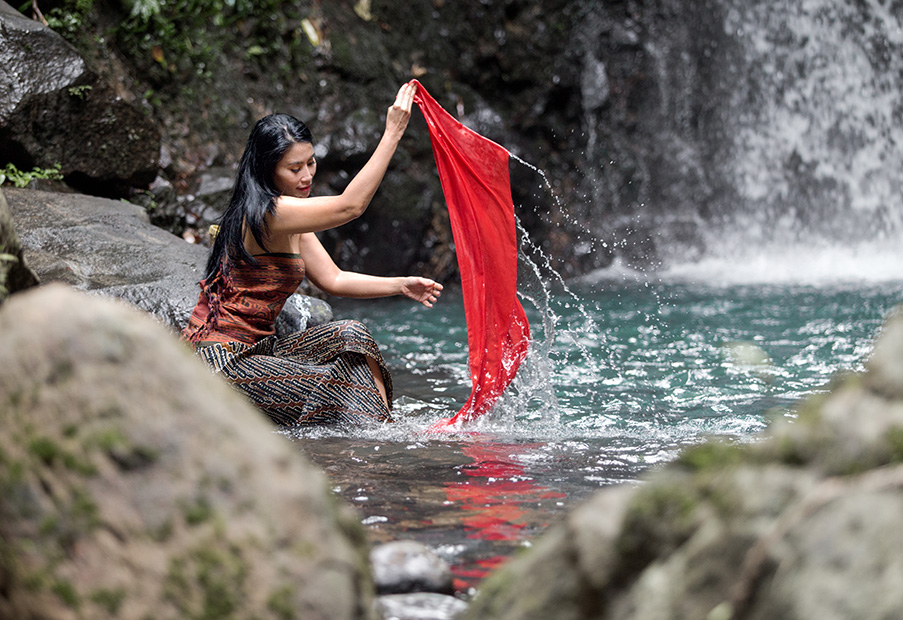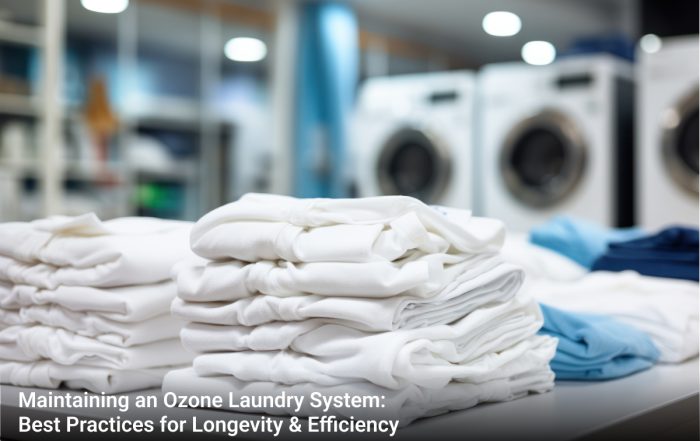World tour! Find out how laundry is done around the world

We’re all pretty familiar with how we do our laundry here in North America. Toss it in the washing machine, take it out, put it in the dryer. If you’re conscientious, you separate your whites and hand wash your delicates. Simple! But what if I told you people across the globe might find this process a little strange?
That’s right! Laundry is done differently all around the world, and it can even vary by region. Are you curious about how laundry gets done in other countries? Keep reading!
Guatemala
Guatemalans wash their clothes in something called a pila. It’s basically a large sink with separate basins. It’s typically made out of concrete, but some are plastic. One of the basins is reserved for fresh water. Depending on the amount of clothes being washed, the other sections may be used for clothes or even for dishes! All your chores in one place? It’s a pretty smart way to live. The clean water reservoir provides a source of water for rinsing clothes, drinking, or other uses.
Pilas date all the way back to the Mayan civilization. Most people have a private pila in their own home, but some towns still have public pilas. Many stay as reminders of the past and can date back many, many years.
Germany
When it comes to washing clothes, Germans are pretty similar to North Americans, but they use cold wash settings more often. It’s encouraged because it’s eco-friendly and also because it can help to preserve fabrics. Their drying methods are a little more extreme though! Even during the winter, Germans almost exclusively hang their clothes to dry. They often use collapsible laundry hangers that can be placed indoors. This process takes a little longer than machine drying, but it helps to reduce energy consumption and also preserves the integrity of clothing shape.
China
Do you know what is a big no-no in China? Washing socks and underwear together. Hygiene is of big cultural significance, so it’s important to keep these items separate. Typically, underwear is washed by hand. You can’t even take your load of laundry to a wash and fold if it has underwear in it. Like in Germany, it’s also typical to hang clothes to dry, rather than putting them in a mechanical dryer.
Sweden
If you know anything about laundry history, you might be familiar with a mangle iron. It’s basically two cylindrical rollers positioned very close together. It’s powered by electricity and squeezes clothes very, very tightly. These machines help flatten clothing and reduce the need for ironing. They also squeeze a large amount of water out of clothing which cuts down on drying time.
Another added advantage is dust prevention. Dust and fibres shed from our clothing, but a mangle iron basically squeezes these particles which improves fabric longevity!
Morocco
Laundry with a view? That’s how they prefer to do it in Morocco. Ok, maybe not everywhere in Morocco, since you can definitely find a laundromat or two in major cities. But in Chefchaouen, locals gather at a beautiful waterfall to do their laundry. Because many people in this region don’t have the plumbing in their homes required for laundry, the natural waterfall has been a place to clean and refresh clothes for generations. It goes beyond just washing clothes and is also an important social gathering place.
Outer space
Ok this isn’t technically earth, but have you ever wondered how astronauts do their laundry? It costs a lot of money to get water to the space station, so it’s reserved for showers and other higher priority uses. Water is so scarce that astronauts’ breath and sweat is even collected as condensation to be used as drinking water! With all this being said, it makes it pretty inefficient to do laundry the standard way.
Some more expensive items, like spacesuits, are transported back to earth and cleaned here. The rest of the astronauts’ dirty clothes are launched back towards earth so they can burn up in the atmosphere. I know what you’re thinking: pretty cool, but also a little wasteful?
Astronauts are able to wear the same clothes for weeks and even months at a time. They don’t pick up dirt in the space station and they don’t move enough to sweat much. This makes recycling clothing much easier than it is down here. Even still, Tide (yes, the detergent) is partnering with astronauts to come up with a less wasteful way to do laundry in space. Fair enough, sometimes even space travel isn’t worth watching your very favourite sweater explode.
So there you have it—a few of the most exciting ways people do laundry across the world and beyond. What do you think? Is it better in other places or are you happy with a good old washer and dryer? Earthside friends, we have you covered at Coronet Equipment with everything you need to get your laundry done quickly and efficiently, so you’re ready for all of life’s adventures.
Recent Posts
Maintaining an Ozone Laundry System: Best Practices for Longevity & Efficiency
Ozone laundry systems have become a trusted solution for commercial facilities seeking effective disinfection, lower utility costs, and reduced reliance on harsh chemicals. These systems use ozone gas—a powerful natural oxidizer—to sanitize laundry with cold [...]
Top Features to Look for in Vended Laundry Equipment
Choosing the right vended laundry equipment can make all the difference in the success of your commercial laundry facility. Whether you operate a laundromat, run laundry rooms in multi-unit housing, or manage facilities at a [...]
How to Prevent Bacteria & Mold in Sports Laundry
In gyms, schools, training facilities, and sports clubs, laundry isn’t just about keeping uniforms clean—it’s about safeguarding hygiene, protecting skin, and ensuring that expensive athletic gear lasts. Sports laundry faces unique challenges, from synthetic materials [...]



